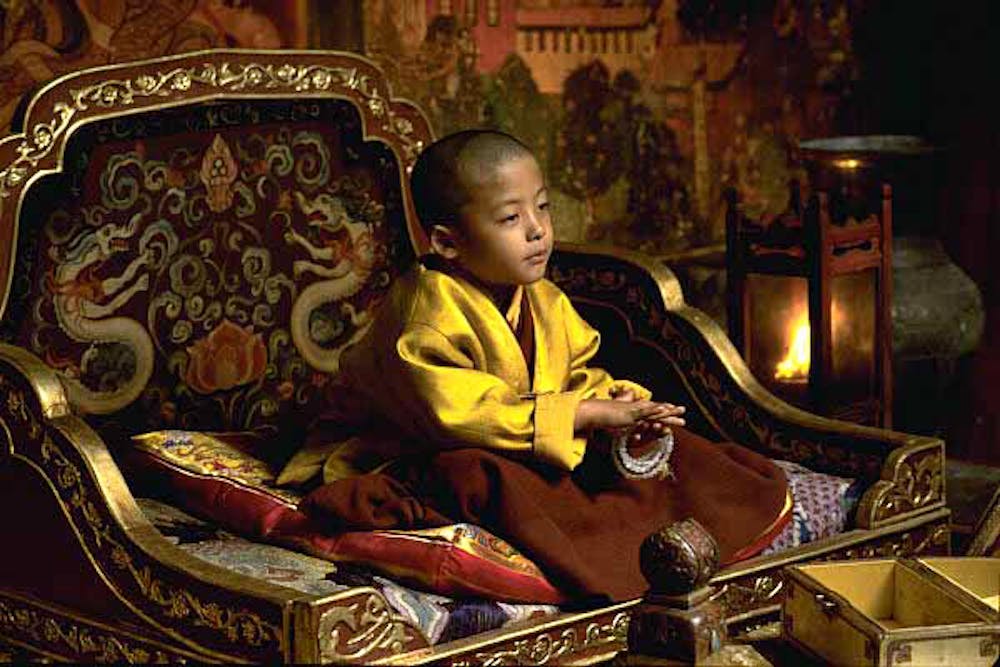For most moviegoers, the plight of the Tibetan people isn’t the first thing to come to mind when reflecting on the work of Martin Scorsese. After all, the Buddhist teachings of the Dalai Lama deviate from the director’s Catholic roots, and the religion’s strict stance of non–violence doesn’t lend itself to Scorsese’s raw, gritty style. Besides, there is not much room for gangsters — whether the Italian mafiosos of Goodfellas or the Irish mobsters of The Departed — in the plateaus of Tibet.
So who would have thought that Kundun would work so well?
The film walks the viewer through the life of Tenzin Gyatso, the 14th Dalai Lama — a far cry from the violent protagonists of Taxi Driver and Raging Bull. The film begins with the Buddhist leader’s humble childhood and auspicious rise to glory and concludes with Tibet’s fall to Chinese occupation, and Gyatso’s consequent exile.
The movie enthralls as much as it educates, benefitting immensely from Scorsese’s graceful direction and a spellbinding (and Oscar–winning) score from minimalist Philip Glass. Lavish shots of sand mandalas and elaborate costume designs of traditional Theravada attire exhibit a faithful display of both Tibetan culture and the Buddhist worldview.
With Kundun, Scorsese further established himself as a force to be reckoned with, creating a period piece that leaves as much impact as his energetic mob pictures.

